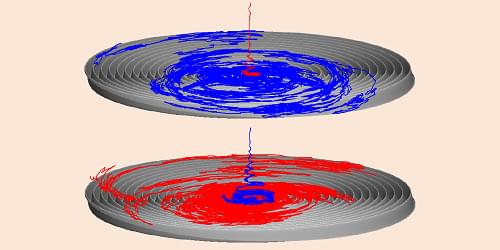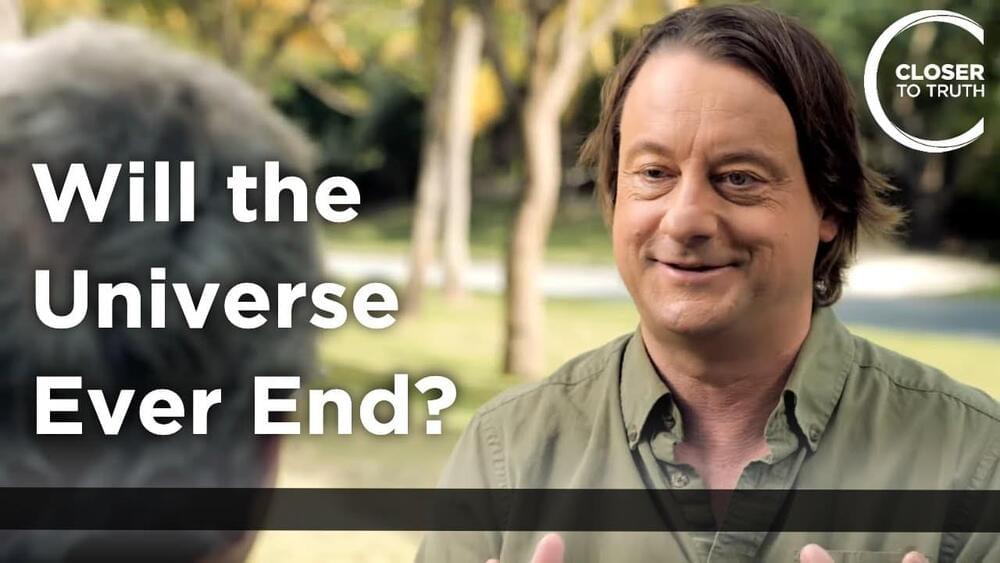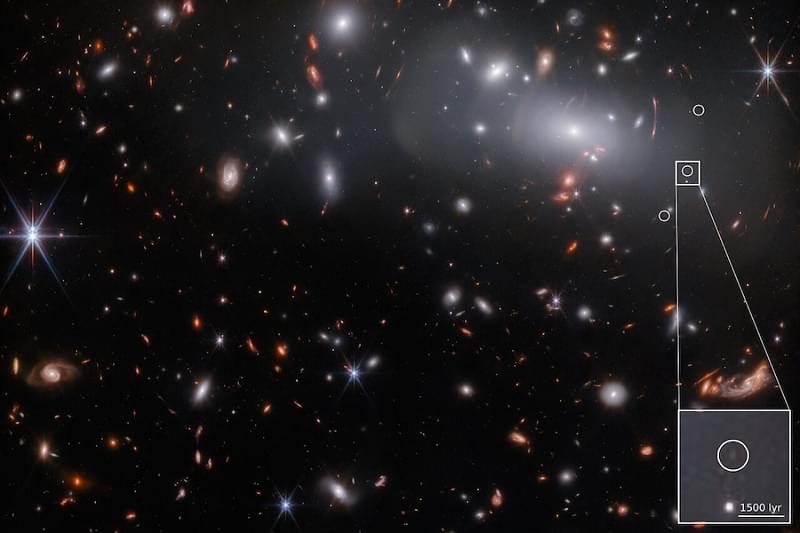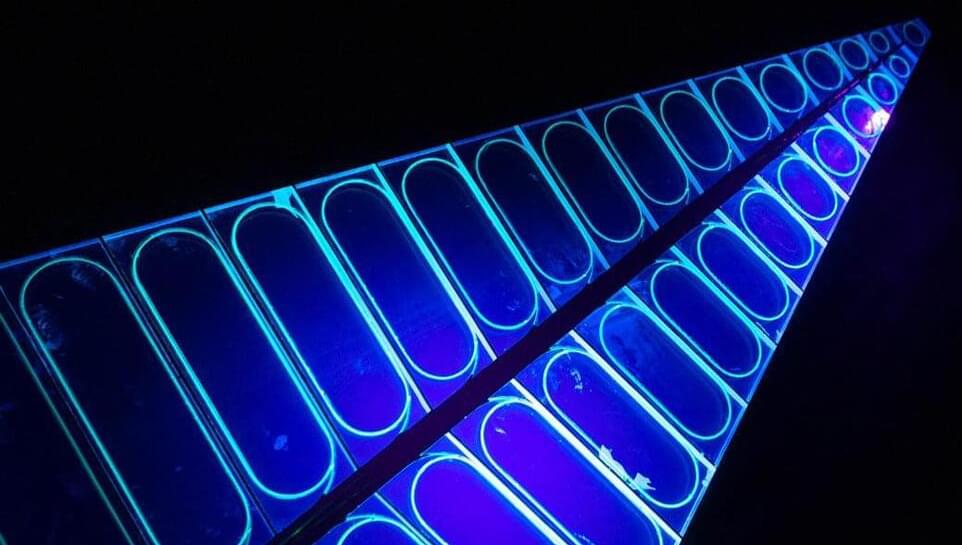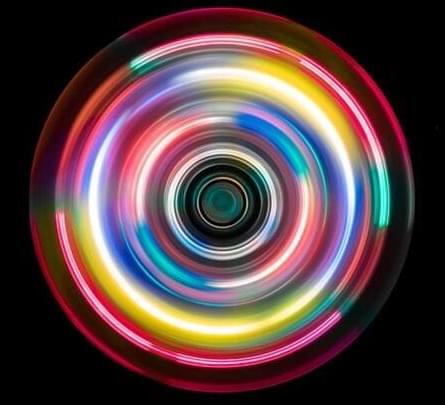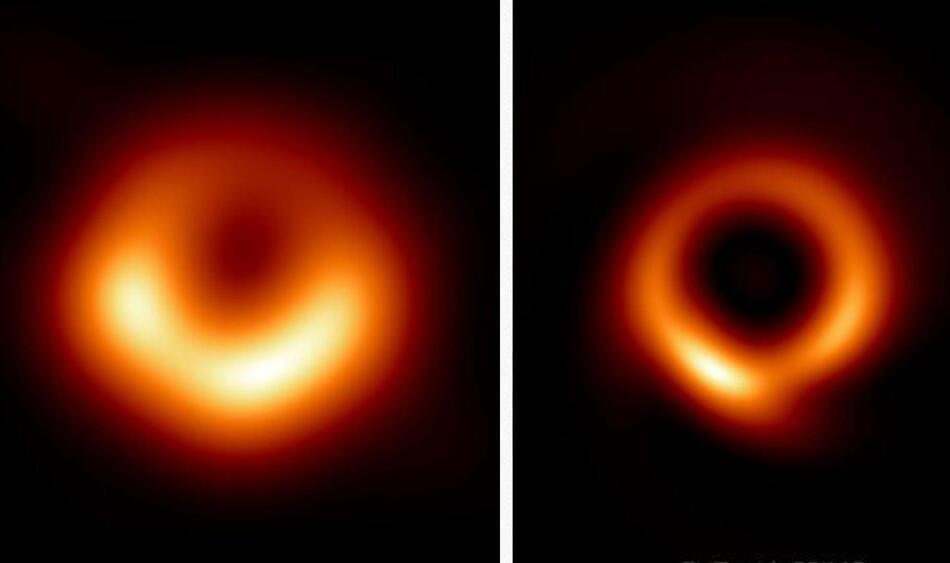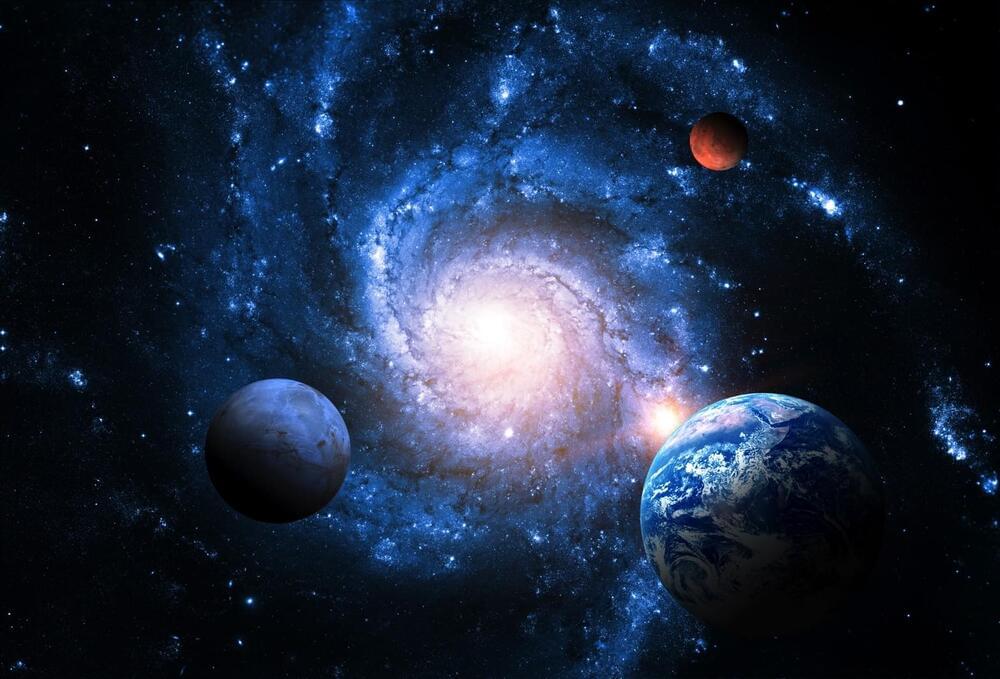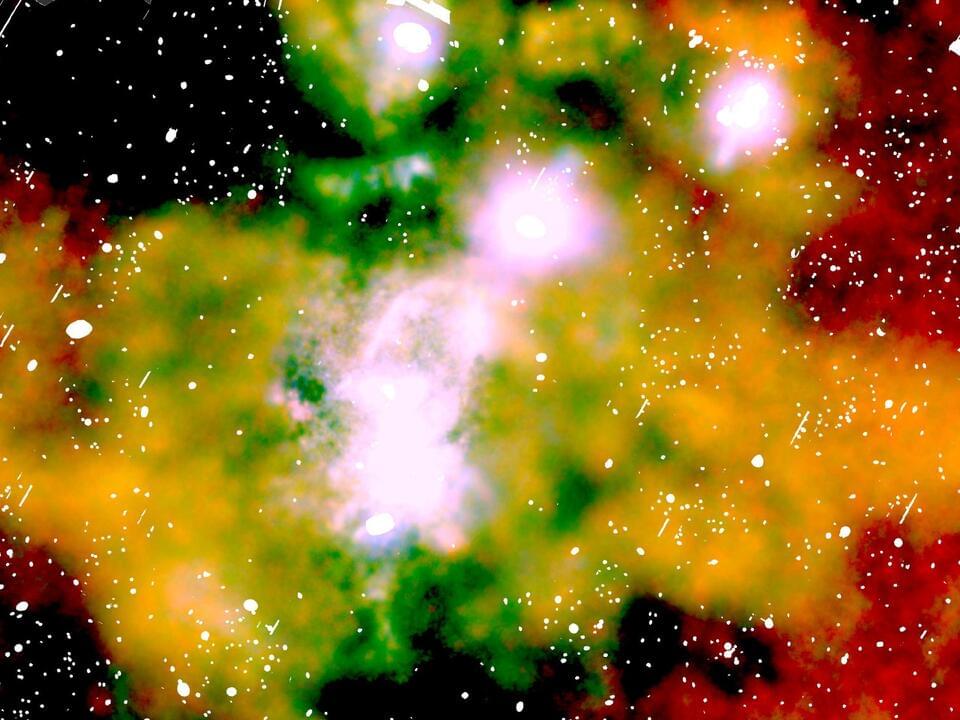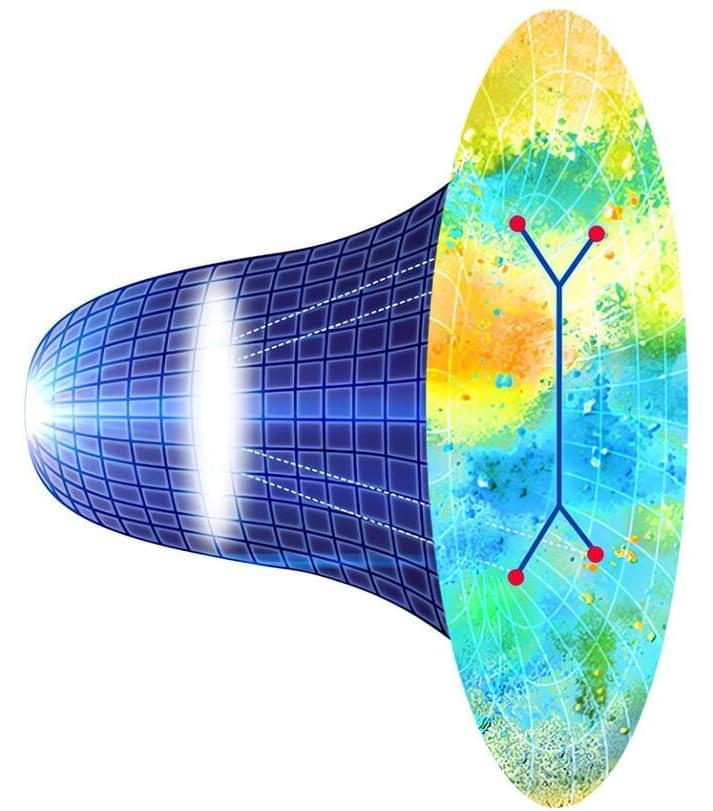Apr 17, 2023
Disentangling the Sun’s Impact on Cosmic Rays
Posted by Saúl Morales Rodriguéz in categories: cosmology, particle physics
An instrument on the International Space Station has revealed new information about how the Sun’s magnetic field affects cosmic rays on their way to Earth.
Galactic cosmic rays (GCRs) are highly energetic charged particles that are produced through various acceleration mechanisms in astrophysical objects such as supernova remnants. These particles propagate through the Galaxy and can reach the heliosphere, a region dominated by plasma originating from the Sun. Within the heliosphere, GCRs interact with the turbulent plasma environment in a way that decreases their flux, causing them to diffuse in space and to lose energy [1]. Most of the impact of this “solar modulation” on GCRs is independent of particle charge. But GCR drift is also influenced by large-scale gradients in, and curvatures of, the heliospheric magnetic field and by the current sheet—a tenuous structure that separates the heliosphere into regions of opposite magnetic-field polarity [2].
